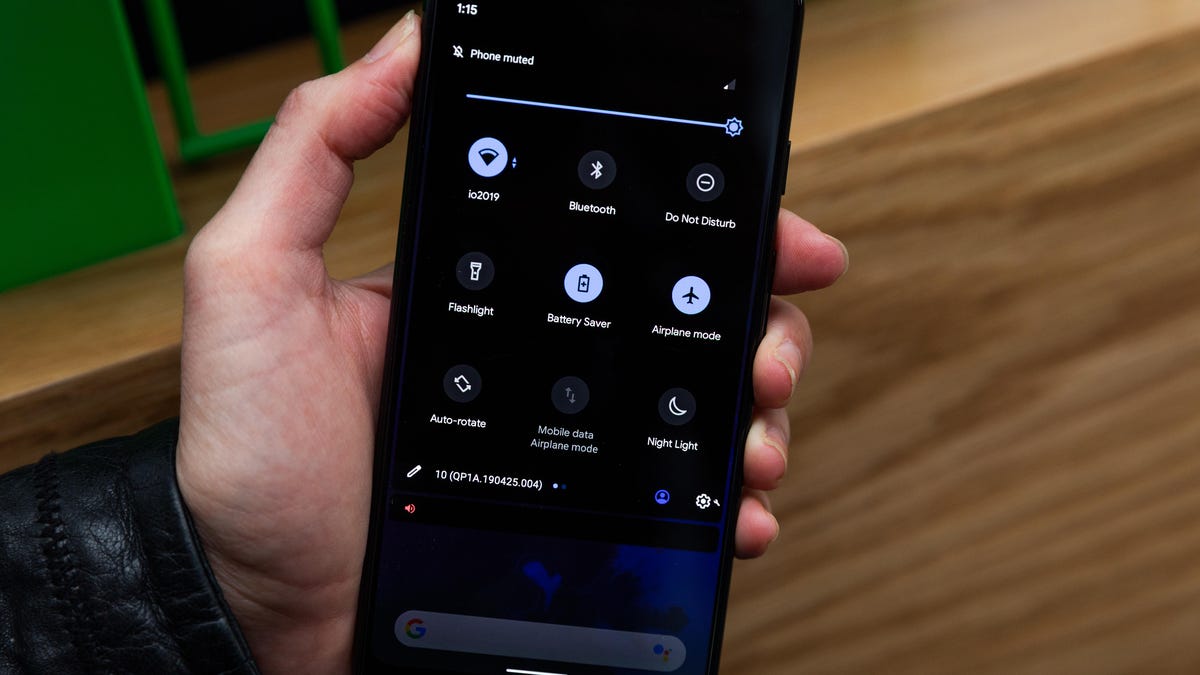What Google's Android Q dark mode means for all your other apps
It isn't just your home screen that goes dark.

Google has a dark side.
The next version of Google's mobile software, called Android Q, is going to get a dark mode -- officially called dark theme -- that turns your white screen to black and black text white, helping make bright screens easier on the eye at night. Dark mode is already popular in apps, and by embracing it as an optional theme you can turn on and off at the system level, it can potentially act as a master switch for your other dark mode apps.
That's because when you turn on dark theme in the next version of Android, it isn't just the home screen and app drawer that goes dark. Apps, like the calendar, will also fade to black when you toggle into the mode. In addition, developers can start triggering Google's dark theme in their own apps if they'd like.
"Everyone can relate to being in a room where the lights are turned down and you've got this white screen blinding you. And this idea of just being able to push a button and have it be easier to read," said Sameer Samat, Google's VP of product management for Android and Play, during an interview last week at Google I/O .
When you turn on the theme, app makers that don't have a dedicated dark mode can get one from Google by letting Android Q invert the black and whites to take advantage of an automatic dark theme they don't have to program on their own.
App-makers that do have a dedicated dark mode can also hitch to Google's wagon so that turning on Android Q's dark theme will also turn on their own dark mode. That saves you from having to turn on Dark Theme in Android Q and then going into individual apps to turn on their own dark modes. The idea is that you press one button to do it all.
But there's one more benefit, too: battery savings.
"There are few things that get you battery savings for 'free,'" Samat said. "Lighting up fewer OLED pixels will get you farther in the day."
Google says that while it will keep tuning its dark theme settings, dark theme won't replace your bright white daytime screen mode any time soon, especially when bright white screens are still the easiest to read outdoors in sunlight.
Requests for an Android dark mode began appearing in user requests with Android 8.0 Oreo, Samat said, referring to Google's phone OS from 2017.
"Originally, we just through it was super geeky folks like ourselves who wanted it. The data we're seeing is much more broad based than that," said Samat.
In Android Q, you can trigger dark theme two different ways: by pressing the button for battery-saving mode from the slide-down quick control menu, or by turning it on in the display settings.
Originally published May 12 at 4 a.m. PT.

